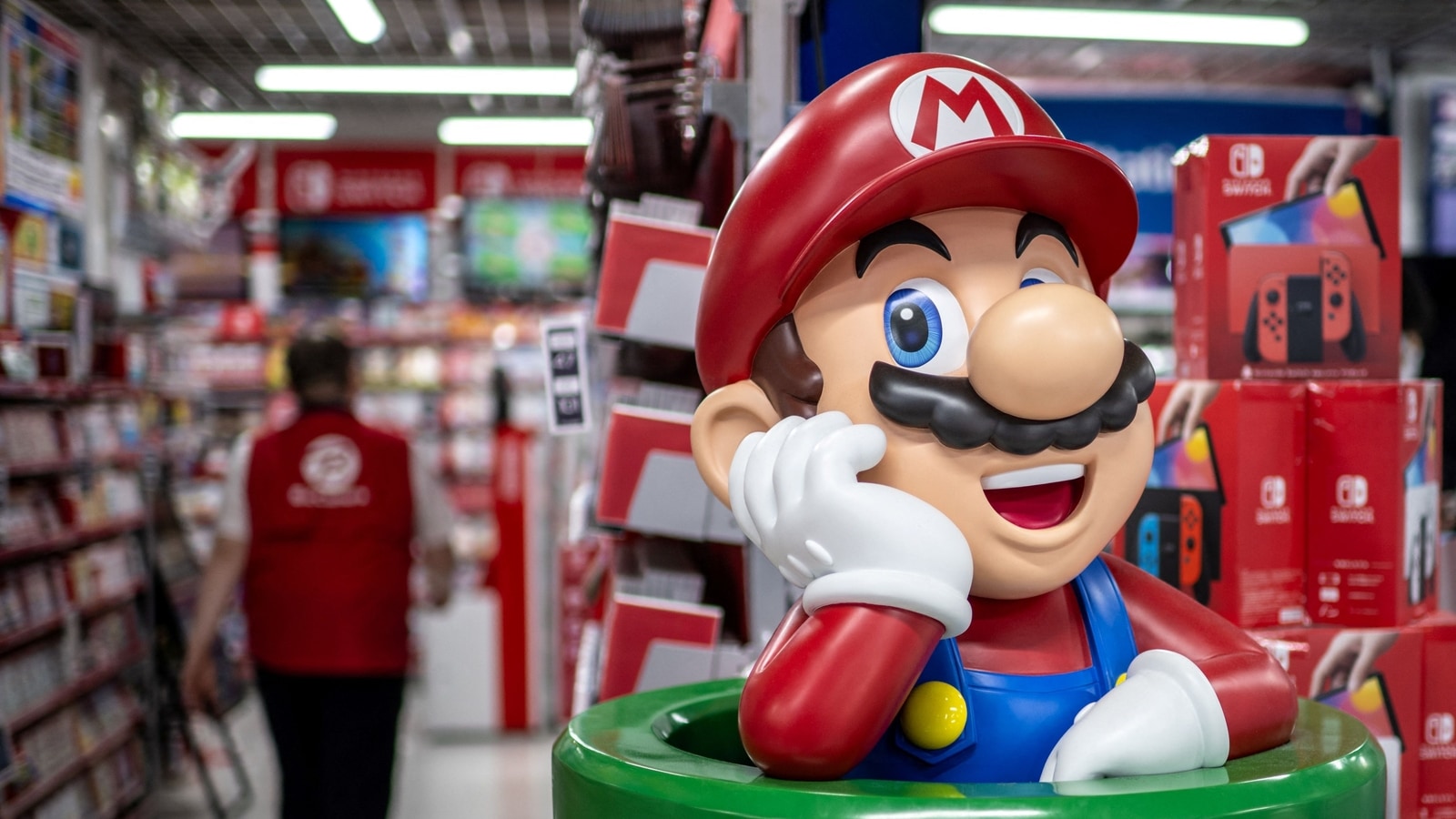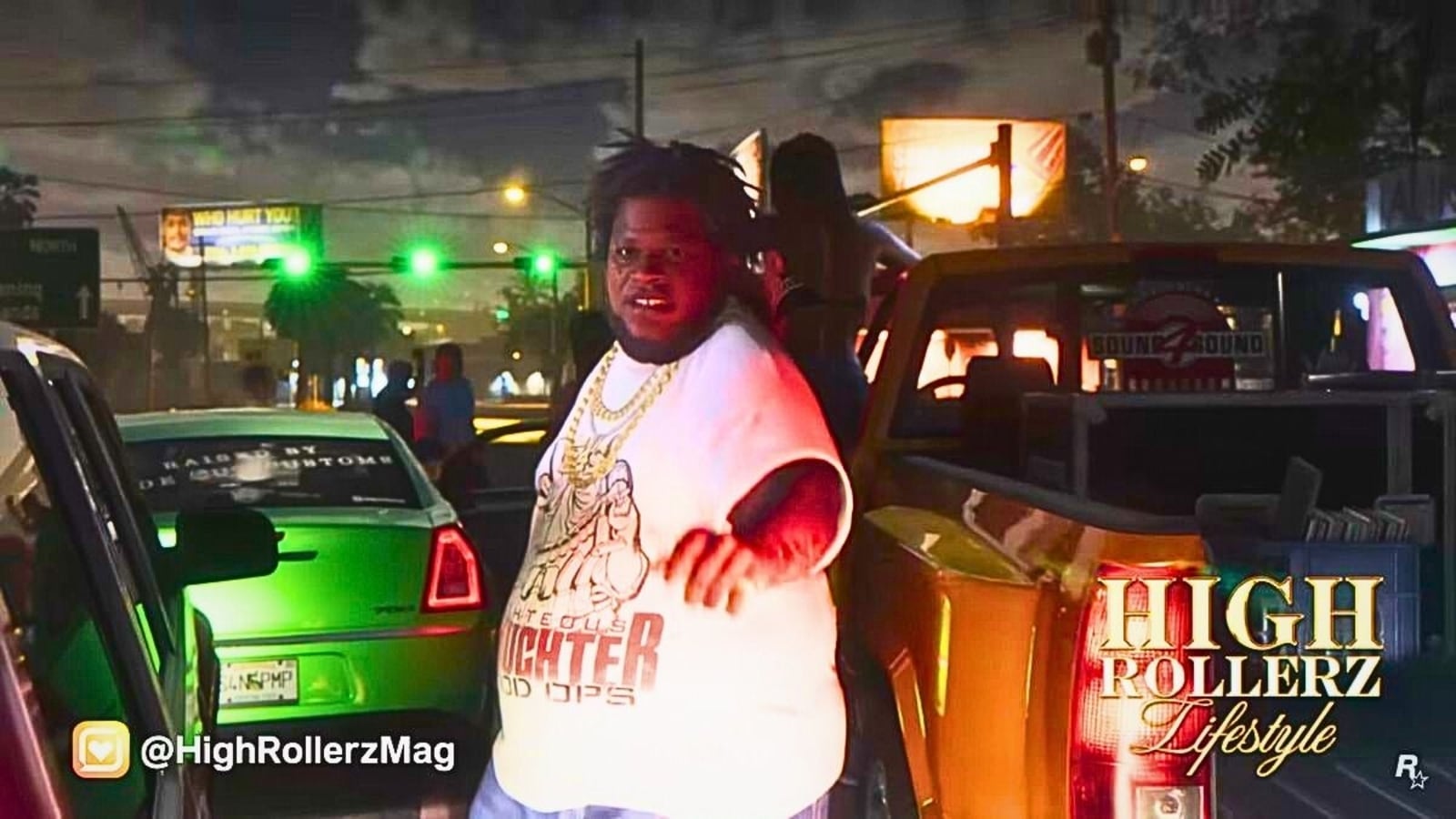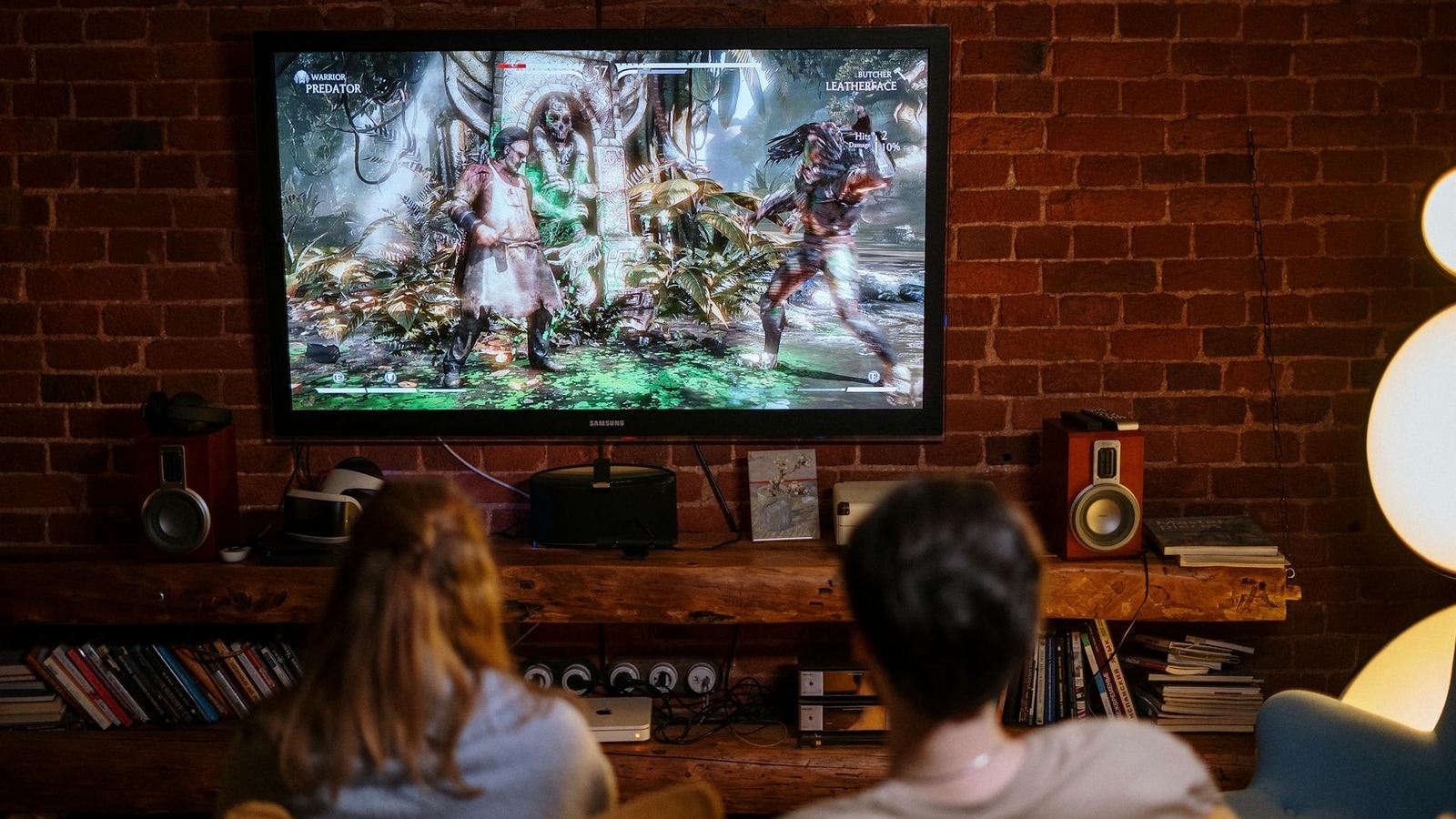When the Ukrainian social media influencer Anna Tsukur started building her business as a fitness guru several years ago, she made choices to maximize her appeal — focus on women, shoot in inspiring locations like Bali and, above all, speak in Russian.
That was then.
After Russia invaded Ukraine last year, she decided that as an influencer, her first task should be to try to influence people about the war, appealing to her Russian followers to protest their country’s actions.
The result: a stream of insults from Russians insisting Ukraine was at fault.
Then she decided to ignore her own business model. She switched languages to teach in Ukrainian despite knowing that she would lose followers not just in Russia, but also in the countries that once made up the Soviet Union and where many people still speak Russian.
“I felt from my heart,” she said, “that it was the right thing to do to show that I support my people, Ukraine.”
Moscow’s invasion last year has caused a cultural upheaval in Ukrainian society that has run parallel to the fighting. Monuments to Russian heroes have been torn down or defaced, and Russian writers, painters and composers, lionized for decades by the Soviet education system, are suddenly vilified in a process called “de-Russification.”
At the heart of that transformation is language, with more Ukrainians — most of whom understand both languages — switching to use Ukrainian. The transition had begun years earlier, starting with independence, but accelerated last year.
Like Ms. Tsukur, thousands of influencers creating content about everything from children’s games to beauty tips and from science to comedy switched to Ukrainian from Russian after the full-scale invasion, in many cases overnight, according to Vira Slyvinska, a senior executive at AIR Media-Tech, an international company founded by Ukrainians that supports online content creators.
Some have also drastically shifted focus, abandoning their original topics for videos that support the country’s war effort.
But by far the bigger change was the switch in language.
In Soviet times, Russian was the language of higher education and of professionals in Ukraine, and was spoken by an urban elite. Ukrainian dominated in many rural areas, but with power and wealth concentrated in cities, the attraction of Russian was clear.
Even after Ukraine became independent in 1991, Russian remained widely spoken.
“It’s like a post-colonial situation where Russian was viewed as a mark of quality,” said Volodymyr Kulyk, a senior fellow at the Kuras Institute of Political and Ethnic Studies in the Ukrainian capital, Kyiv, and an expert in the politics of language. “Despite being a sophisticated language with literature and education, Ukrainian was viewed as less modern and less well equipped for contemporary purposes.”
One prominent example of the linguistic transition is President Volodymyr Zelensky. Before he became president in 2019, he had built a career as a television comedian broadcasting mostly in Russian. But he campaigned for president in Ukrainian.
Language has also been at issue in the war itself. When Moscow seized Ukrainian territory, it pressed teachers to use Russian as the main language in classes. Some of those who acceded were accused of collaboration by the Ukrainian authorities, who retook much of the territory in recent months.
President Vladimir V. Putin of Russia cited the need to protect Russian speakers as part of his spurious justification for the war.
For social media influencers, for whom cachet is so valuable, it made sense before the war to use the language that many viewed as a cultural touchstone. Russian also immediately expanded their audience, given how many people in former Soviet republics know it.
So switching languages had significant consequences for the size of influencers’ audiences. That matters since, for many of the most popular stars, audience ratings are a key to brand deals, and in the case of YouTube, influencers can be paid based on the size of their viewership.
An analysis by AIR Media-Tech of 20 significant Ukrainian YouTube accounts showed that the overall income of those who switched languages decreased on average by 24 percent in 2022 compared with a year earlier.
Between March of last year and this March, total views for those who switched languages are also down by 24 percent, mainly because of a decline in the number of views in Russia and other former Soviet republics, the company said.
Ms. Tsukur, the fitness influencer, said that she had lost more than half of her business since the full-scale invasion began, not only because she switched languages, but also because some Ukrainian women could not afford the fees for her online courses or were too distracted by the war to focus on exercise.
She currently has 149,000 followers on Facebook, more than 84,000 followers on Instagram and more than 58,000 subscribers on YouTube.
Still, the war has given many social media personalities a new purpose — and in some cases, a broader audience.
Before the invasion, Pavlo Vyshebaba was an environmental activist whose videos on YouTube sometimes gained just 300 views, according to Ms. Slyvinska.
He has since joined the military and started producing videos about his experiences on the front line. He now has 94,000 YouTube subscribers and 131,000 followers on Instagram.
Oleksandr Pedan, 41, underwent a different evolution. He was one of Ukraine’s top television stars and a household name before embarking on a social media career. He said that a typical YouTube episode before the conflict involved his acting as host for party games such as Mafia played with other glamorous influencers.
When the war began, he switched to Ukrainian and started making content that focused on the country’s volunteer effort. He also visited soldiers on the front line to make videos, and made one to help students displaced by the conflict find new universities. One of his most successful videos, he said, compared life in the southeastern city of Mariupol before and after it was devastated by a Russian siege last spring.
Mr. Pedan said that his audience numbers and revenue fell when the full-scale invasion began. But he believed he had to respond to the gravity of the national situation. He currently has 647,000 followers on Instagram.
For the Ukrainian comedian Oleksii Durniev, who is also a household name, the war has brought with it an especially cruel irony. He grew up in Mariupol speaking Russian and holding a deep admiration for Russia’s pop culture and hip-hop. So it was only natural that when he started making zany, irreverent YouTube videos, his language of choice was Russian.
“At that time we thought that Ukraine needed to be closer to Russia,” he said. “Everyone thought like that in our region.”
In one video, he sits in his kitchen in Kyiv with the Russian comedian Eldar Dzharakhov, and together they mock Instagram stories made by other social media stars. Since the war began, Mr. Durniev, 36, has blocked the Russian comic on social media. Earlier this year, he said, he saw a YouTube video of Mr. Dzharakhov sharing a stage at a patriotic rally in Moscow with Mr. Putin.
These days, Mr. Durniev speaks only Ukrainian in his videos — he has 1.3 million subscribers on YouTube and just under 1 million followers on Instagram. A typical one still features comedy, but with a war-flavored theme. In one, he compares the food rations consumed by Ukrainian soldiers with the ration packs given to Russian troops.
His conclusion? Moscow’s rations are so bad that Russian soldiers might die from the food alone.
Like other social media personalities, he said the shift in language and content over the past 14 months had been jarring, but ultimately necessary.
“Ukrainians needed a trigger to make us think about who we are and our culture, mission and language,” he said. “But it’s a pity that we pay such a big price for it.”
Yurii Shyvala contributed reporting.

























